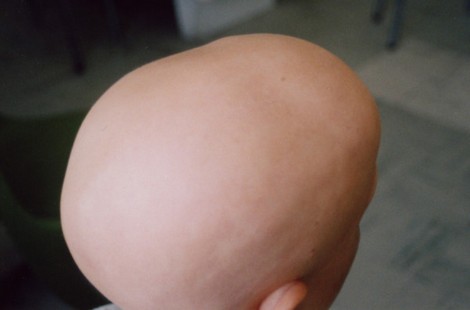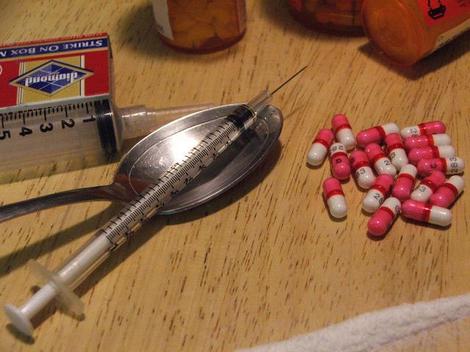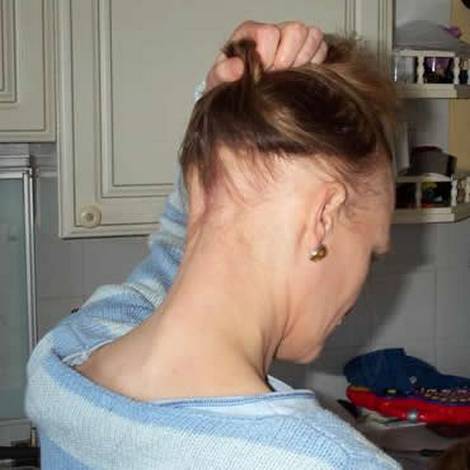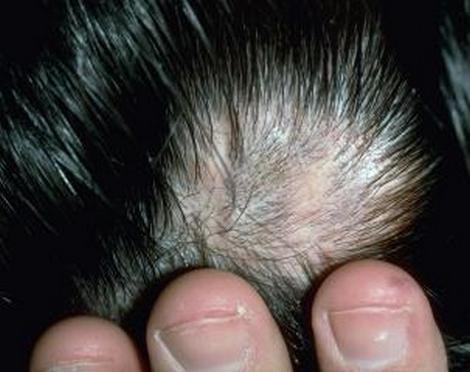All You Need To Know about Treatments for Alopecia Areata (Part II)
In our previous post, we gave a review of the most common treatment options for alopecia areata - steroid injections, topical steroid medications, and Minoxidil. Today, we are going to consider other types of medical approaches, namely, topical immunotherapy and the drug Dithranol, which are also used to address this little understood hair loss condition – alopecia areata.
Read full “All You Need To Know about Treatments for Alopecia Areata (Part II)”
All You Need To Know about Treatments for Alopecia Areata (Part I)
Since alopecia areata is a poorly understood autoimmune disorder with an unpredictable medical prognosis, not treating is often a wise option. In the majority of cases, the condition resolves itself – bald patches disappear and the hair re-grows without any medical intervention. If you have alopecia areata in a mild form, with only a few small areas of baldness, your health care provider may advise that you should simply apply the method of “watchful waiting” – that is, to wait and see if the condition improves in time without treatment. The hair is likely to re-grow within a period of several months to one year. For the time being, hair style changes can be helpful in masking bald patches.
Read full “All You Need To Know about Treatments for Alopecia Areata (Part I)”
Understanding Alopecia (Part II)
Some of our readers have been asking if alopecia could be a sign of some deeply-rooted pathology inside the body and whether it is associated with any health complications. In some cases, hair loss indeed can be a signal that something is going wrong on a deeper physiological level – several examples are malnutrition that may cause vitamin or mineral deficiencies, thyroid disorders, or heavy metal poisoning. Anxiety, depression and severe stress can also trigger baldness, as well as serious internal diseases. However, in most cases, hair loss is an isolated condition that is related to ageing, hormonal imbalances, or genetics. In its own turn, alopecia can produce symptoms of stress, depression, social anxiety, or other psychological illnesses. If any of these conditions are affecting you, a good solution would be to see your health-care provider to get a correct diagnosis and proper treatment.
Read full “Understanding Alopecia (Part II)”
Understanding Alopecia (Part I)
Alopecia is a Latin word and a general medical term that can mean either total baldness or different degrees of hair loss. Alopecia can affect people of both genders at any age, but most commonly in occurs in men and women in their mid-40s. Medical doctors distinguish several types of alopecia: androgenic alopecia, or male-pattern baldness; androgenetic alopecia, or female-pattern baldness; and alopecia areata, or patchy hair loss, which is currently believed to be an autoimmune disease of the idiopathic origin (with no known cause).
Read full “Understanding Alopecia (Part I)”
Some Hair Loss Truths: What Causes Baldness and How to Prevent It
During our lives, scalp hair tends to go through cyclic patterns of growing, resting, falling and regenerating. However, as we age, certain hormonal and genetic changes can restrict successful reproduction of our locks, leading to irreversible hair loss. The important question is whether baldness can be prevented or cured?
Read full “Some Hair Loss Truths: What Causes Baldness and How to Prevent It”





